 The U.S. Army’s December 2023 decision to remove a Confederate memorial from Arlington National Cemetery generated quite a bit of controversy, particular from 40 Republicans from the House of Representatives who claimed that the monument “does not honor nor commemorate the Confederacy: the memorial commemorates reconciliation and national unity.” Some groups, like Defend Arlington and Save Southern Heritage Florida, even went to court to block the removal, claiming that doing so violated the National Environmental Policy Act and that the army had failed to take care of grave sites around the memorial during the memorial.
The U.S. Army’s December 2023 decision to remove a Confederate memorial from Arlington National Cemetery generated quite a bit of controversy, particular from 40 Republicans from the House of Representatives who claimed that the monument “does not honor nor commemorate the Confederacy: the memorial commemorates reconciliation and national unity.” Some groups, like Defend Arlington and Save Southern Heritage Florida, even went to court to block the removal, claiming that doing so violated the National Environmental Policy Act and that the army had failed to take care of grave sites around the memorial during the memorial.
On December 19, 2023, US District Judge Ronnie D. Alston ruled that the removal could proceed after finding that the groups who tried to halt it had failed to prove that keeping the monument was in the public’s best interest. The judge’s order said that the ‘Plaintiff’s complaints regarding the removal efforts being likely to damage the gravesites are misinformed or misleading.”
This is not the first time that groups sympathetic to the Confederate cause have used misleading arguments to block removal of Confederate names and symbols from US military property. The efforts to rename army posts named for Confederate generals were resisted and called efforts to ‘cancel culture,’ or to ‘disparage American heritage and tradition.’ Those efforts, in the case of posts in North Carolina, Georgia, and Texas, failed, and it’s right that the effort to maintain the Confederate Memorial at Arlington National Cemetery failed as well.
Arlington National Cemetery was established in 1864 on the grounds of the plantation belonging to the family of Confederate general Robert E. Lee’s wife. The cemetery was established as a place for Union Civil War dead. Because of the inability to distinguish Union from Confederate among the many full or partial remains found unburied within a 35-mile radius of Washington, DC, they were all buried together. Other Confederate battlefield dead were buried there and by April 1865, several hundred of the more than 16,000 graves at Arlington contained Confederate dead.
Initially, the federal government banned the decoration of Confederate graves. Cemetery officials refused to allow the erection of any monument to Confederate dead and did not permit any new Confederate burials. In 1898, after the Spanish-American War, President McKinley, touring the Deep ‘south to promote Senate ratification of the Treaty of Paris and racial harmony, announced that Confederate graves at Arlington would be cared for. This opened the door for former Confederates and Confederate sympathizers to try for more. A former Confederate, Samuel Lewis, for example, was angered that Confederate gravestones were similar to the gravestones of Black people interred there, and petitioned for a ‘Confederate section’, which McKinley approved. Among those opposing this move, and wanting to move Confederate graves ‘south,’ was the United Daughters of the Confederacy UDC).
Once the section was approved and laid out though, and Confederate groups noticed that space had been left for a memorial, although a memorial was not mentioned in the authorizing documents, they began discussing constructing one. Among the groups pushing for this: the United Daughters of the Confederacy. They asked the War Department for permission in 1902, 1903, and 1905, but were turned down. Despite the refusals, the group began raising money and in 1906, Secretary of War William Howard Taft finally granted permission, reserving the War Department’s right to approve the design and inscriptions.
Supposedly representing not only the ‘valor’ of southern soldiers and the losses suffered by the south, two figures on the memorial are especially controversial. One is of a uniformed black enslaved person following his master to war, representing, according to the UDC, ‘a faithful Negro body-servant following his young master.’ The other shows a military officer kissing his infant child held in the arms of a weeping black woman (a black mammy, or enslaved nursemaid), while another child clings to her skirts. These ‘faithful black servants’ were purposely included by the sculptor, Moses Ezekiel, a former Confederate who specialized in Confederate art, to undermine what he called the lies about slavery and the south in Harriet Beecher Stowe’s 1852 novel, Uncle Tom’s Cabin. He wished to rewrite history to show black slaves’ support for the Confederate cause.
At this point I’d like to stress the importance of the foregoing paragraph, especially for those who decry the removal of this and other Confederate symbols from our military and federal facilities as ‘cancel culture’ or denigration of our history and heritage. Don’t forget that at the time of the dedication of this memorial, as well as the appendage of Confederate names to military bases and the proliferation of other Confederate symbols, we were in the midst of the Jim Crow era which saw a hardening of segregation, especially in the south, with laws and practices designed to keep the formerly enslaved in their place legally. The military and the federal government were segregated as well, and the forces of repression and segregation were in firm control in the Deep South.
The military was desegregated by executive order from President Truman in 1949, but when I joined the army in 1962, many of the attitudes of the old segregated military were still present, and the rest of society and the government still followed local practices. For example, in the 1960s, the US State Department’s Foreign Service Institute (FSI0 in Arlington, Virginia, followed Virginia law and did not allow Black Foreign Service personnel to eat in the same cafeteria as the White employees.
I served my country for 50 years, 20 in military uniform and 30 as a diplomat, so I defend the right of groups like the UDC to have their distorted and self-serving take on history, but not to force it down the throats of everyone by putting it on display in facilities paid for by the American taxpayer, and most especially not in places that are intended to honor those who fought and died for this country. Arlington National Cemetery is a place to honor those who fought for the country, not against it. It is a place for patriots. To their sympathizers, Confederates might be considered patriots, but to me, the descendant of enslaved people, they’re either traitors to their country, or if you’re one of those people who say they were just exercising their ‘right’ to separate from a government they didn’t agree with, they’re foreign invaders who made war on the country.
There is, in my opinion, no middle ground.
So, removing the memorial from Arlington is not rewriting history, but correcting it. We no longer live in an age when those who were enemies of the country, Confederate soldiers or German POWs, are valued more highly than men and women of color who wore the country’s uniform and were willing to die for it. The heritage represented by that memorial is not an American heritage that I can support.
Removing it was the right thing to do.
Like this:
Like Loading...


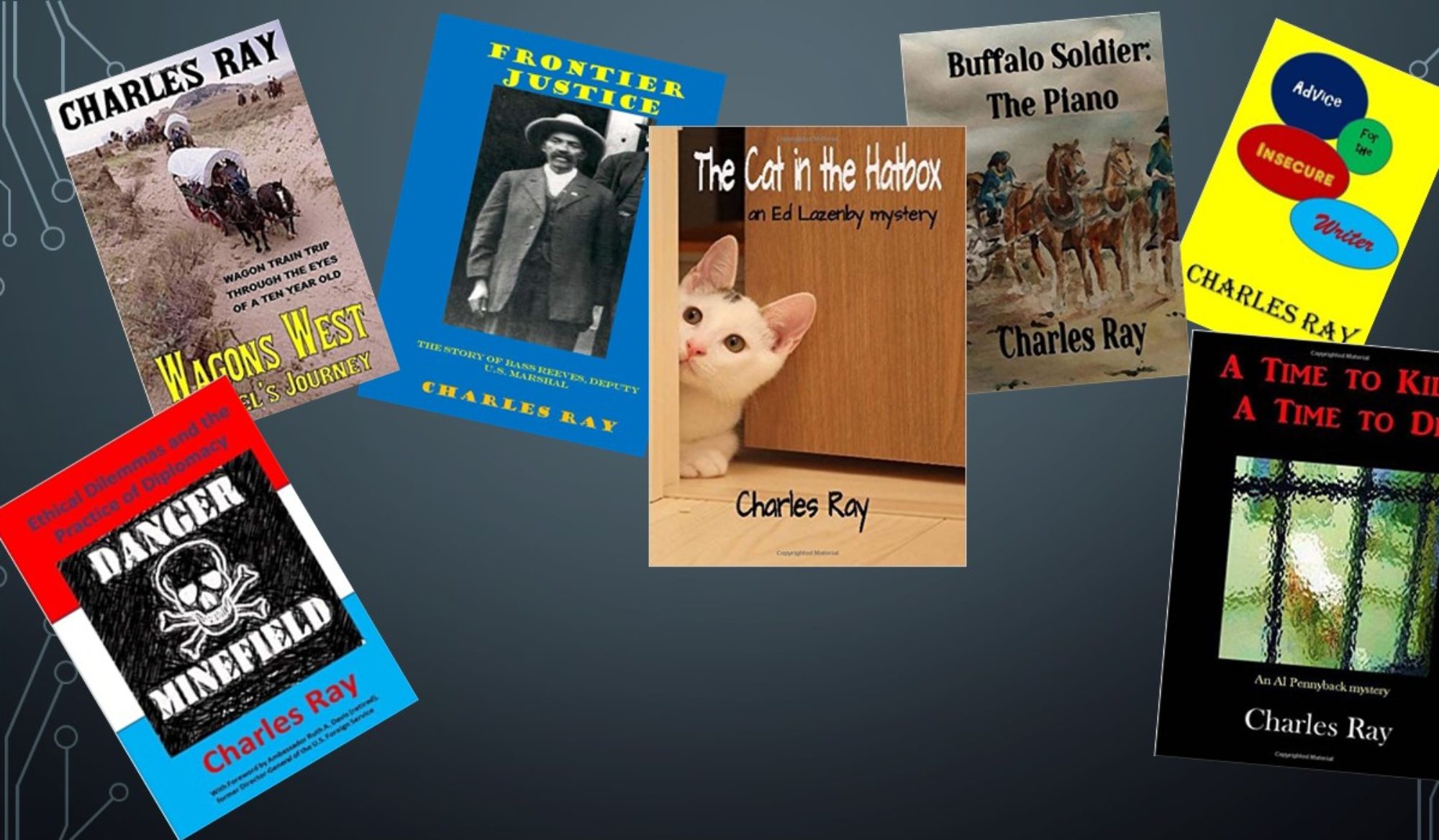








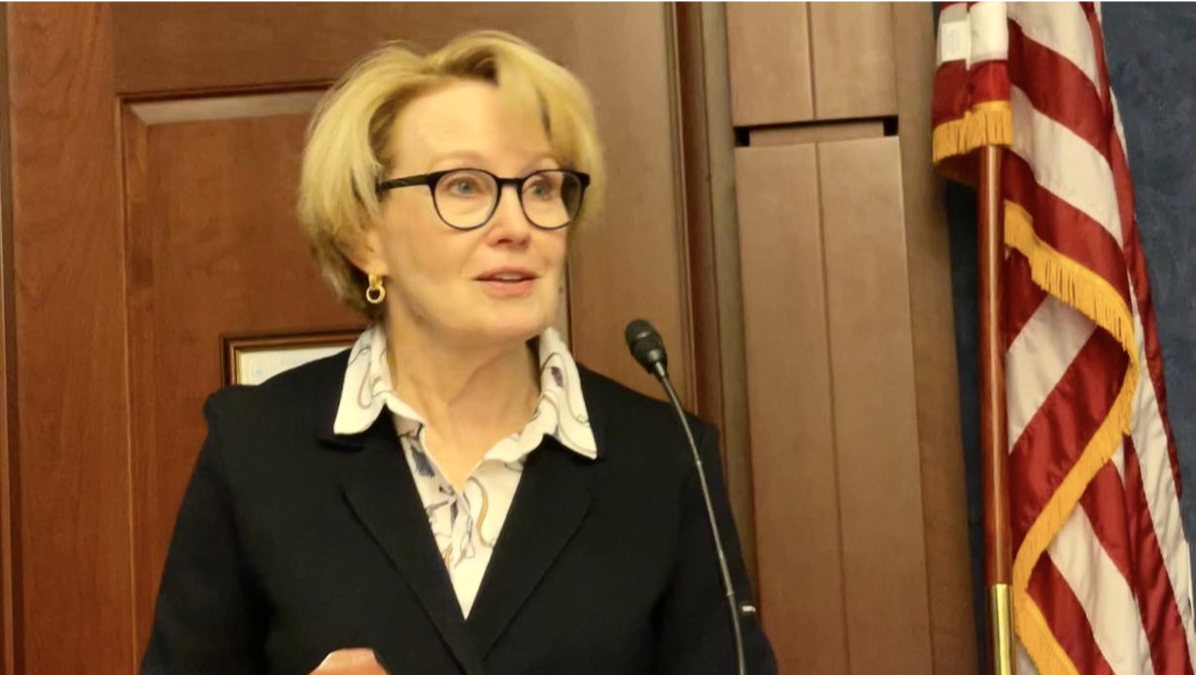
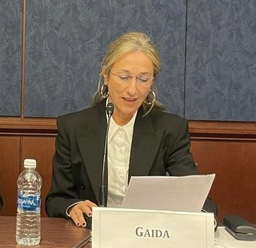

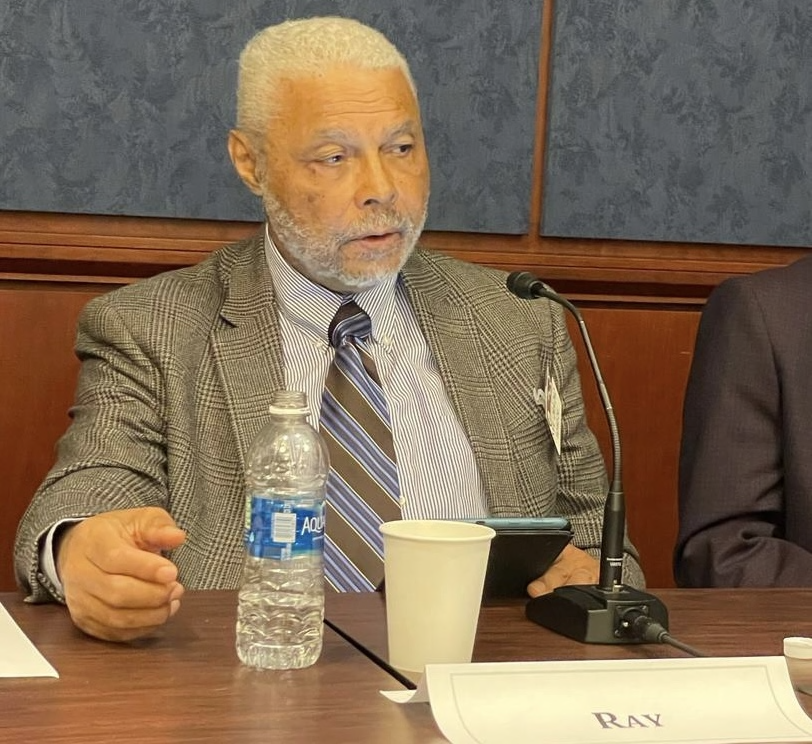
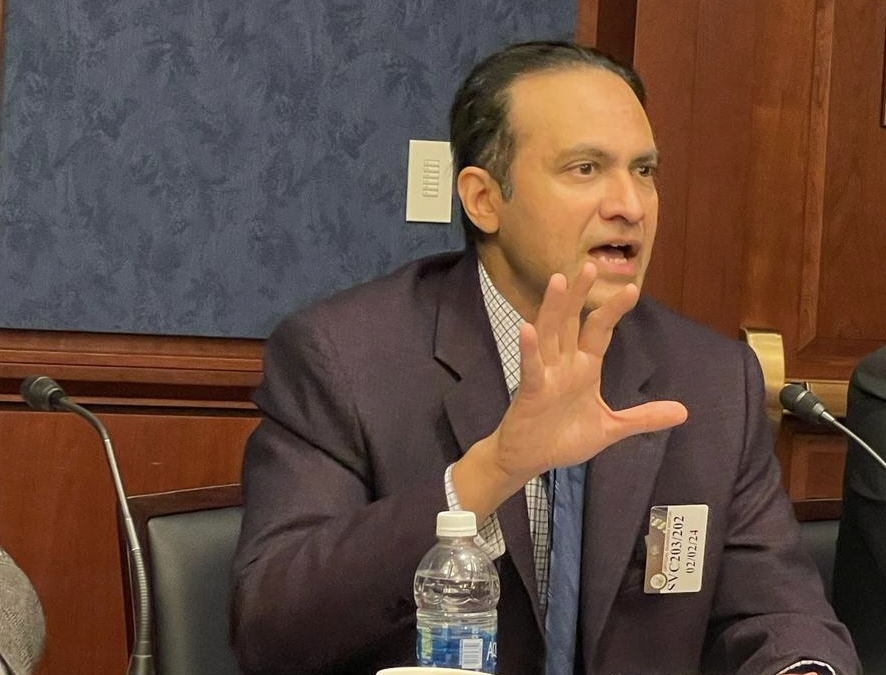
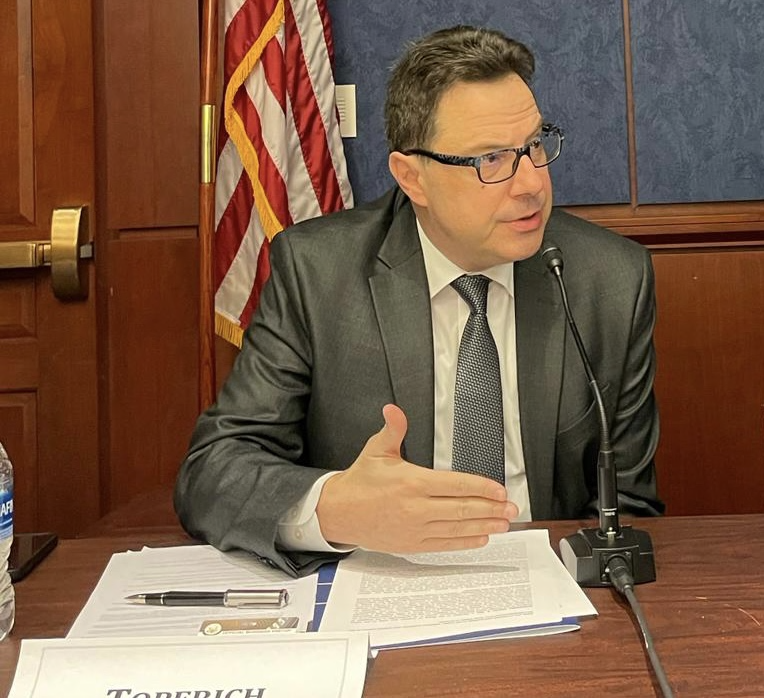







 The U.S. Army’s December 2023 decision to remove a
The U.S. Army’s December 2023 decision to remove a